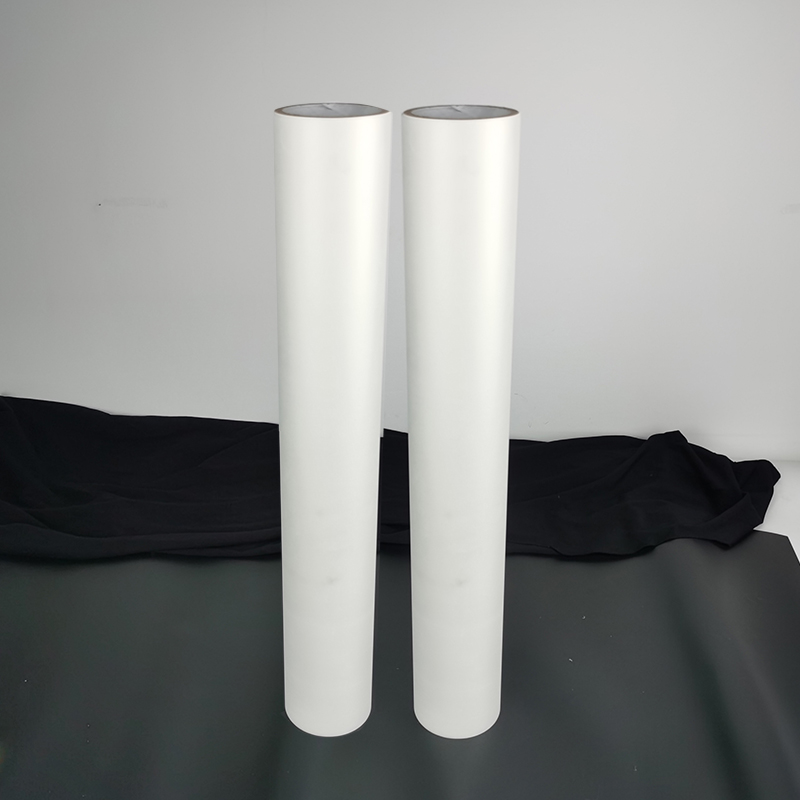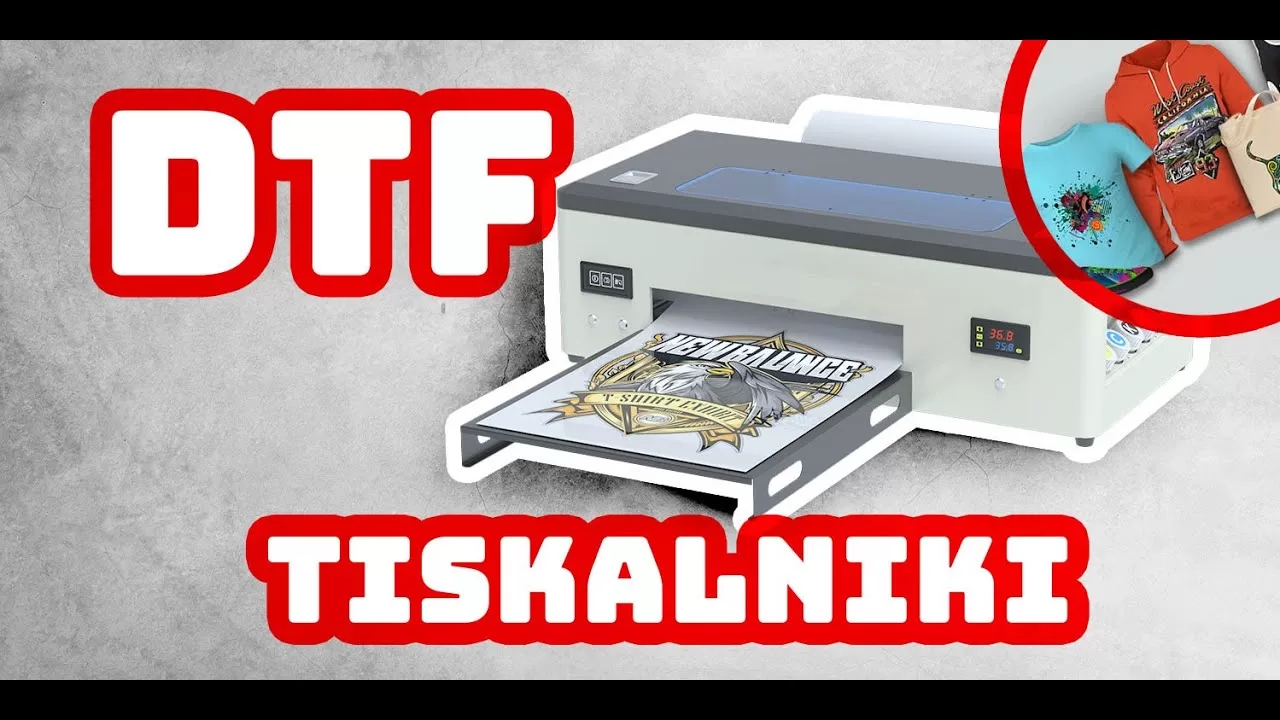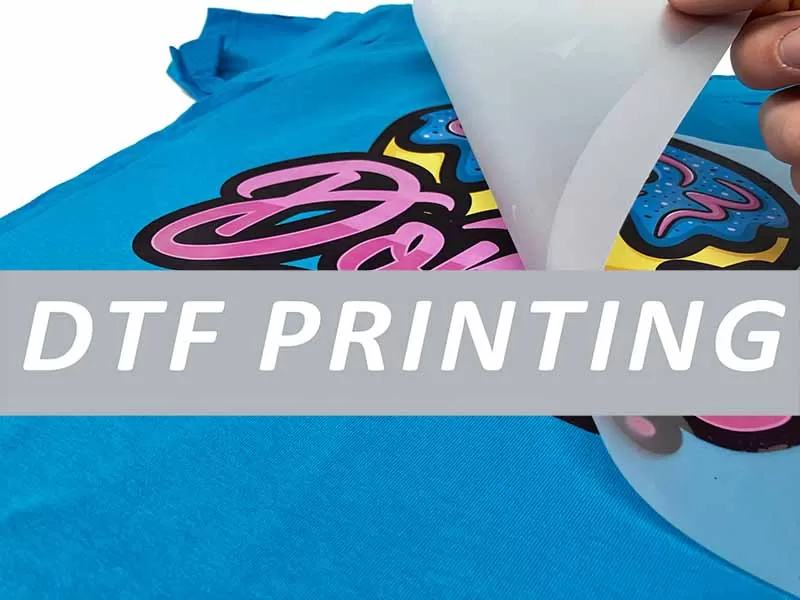DTF (Direct to Film) inkjet printers are popular in the textile printing industry for their high efficiency and high quality output. However, a common challenge faced by DTF printer owners is clogged printheads. When a printhead becomes clogged, it can result in poor print quality, wasted ink, and increased maintenance costs. To help you keep your DTF inkjet printer performing at its best, we've put together seven effective tips to prevent clogged printheads.

use high quality ink
One of the main causes of clogged printheads is the use of low-quality or incompatible inks. Always use inks that are specifically prepared for DTF printing from reputable manufacturers. High-quality inks will have the correct viscosity and chemical composition to minimize the risk of clogging and ensure a smooth flow of ink through the printhead.
keep the printer clean
Regular cleaning of DTF printers is very important to prevent clogging. Follow the manufacturer's guidelines for cleaning the printer and printhead. Remove dust, debris, or dried ink residue from the printheads with a soft, lint-free cloth or the specified cleaning solution. Avoid using abrasive materials or applying excessive force, which may damage delicate printhead components.
Regular maintenance
In addition to daily cleaning, perform the periodic maintenance tasks recommended by the printer manufacturer. It might include cleaning ink lines, running an automatic cleaning cycle, or replacing worn parts. Following a maintenance schedule will help prevent clogs and prolong the life of your printer.
Maintain Optimal Humidity Levels
Humidity plays a vital role in preventing the ink inside the printhead from drying out. Extreme humidity levels may cause clogging or excessive ink flow. Designed to maintain moderate humidity in the printing environment, typically between 40% and 60%. Monitor humidity levels with a hygrometer and consider using a dehumidifier or humidifier to adjust as needed.
Store Ink Properly
Improper storage of ink can cause it to degrade and then clog the printheads. Follow the ink manufacturer's storage instructions, including temperature and light conditions. Make sure the ink cartridges are well-sealed when not in use and used within the recommended shelf life to maintain optimum print quality.
regular print
Regular use of a DTF printer will help prevent the ink from drying out and clogging the printer nozzles. If the printer is not used for a long time, the ink may dry out and clog. To avoid this, perform regular maintenance and printing or nozzle inspection and testing according to the manufacturer's recommendations. Printing a small design or test pattern every few days will help keep the ink flowing smoothly.
Perform a Nozzle Check and Printhead Alignment
Regularly checking nozzle status and aligning the printheads is important for optimal print quality and to identify any potential clogs. Most DTF printers provide built-in utilities for nozzle checking and printhead alignment. If you notice any irregularities such as missing lines or inconsistent colors, address them immediately to prevent further clogging.
Therefore, a combination of good ink management, regular maintenance, and adherence to manufacturer guidelines is needed to prevent clogged DTF inkjet printer printheads. The risk of clogging can be significantly reduced by using good quality ink, keeping the printer clean, maintaining optimum humidity levels, storing ink properly, printing regularly, and aligning nozzle checks and printheads. Following these tips will not only guarantee better print quality, but will also extend the life of your DTF inkjet printer, saving you time and money in the long run.







